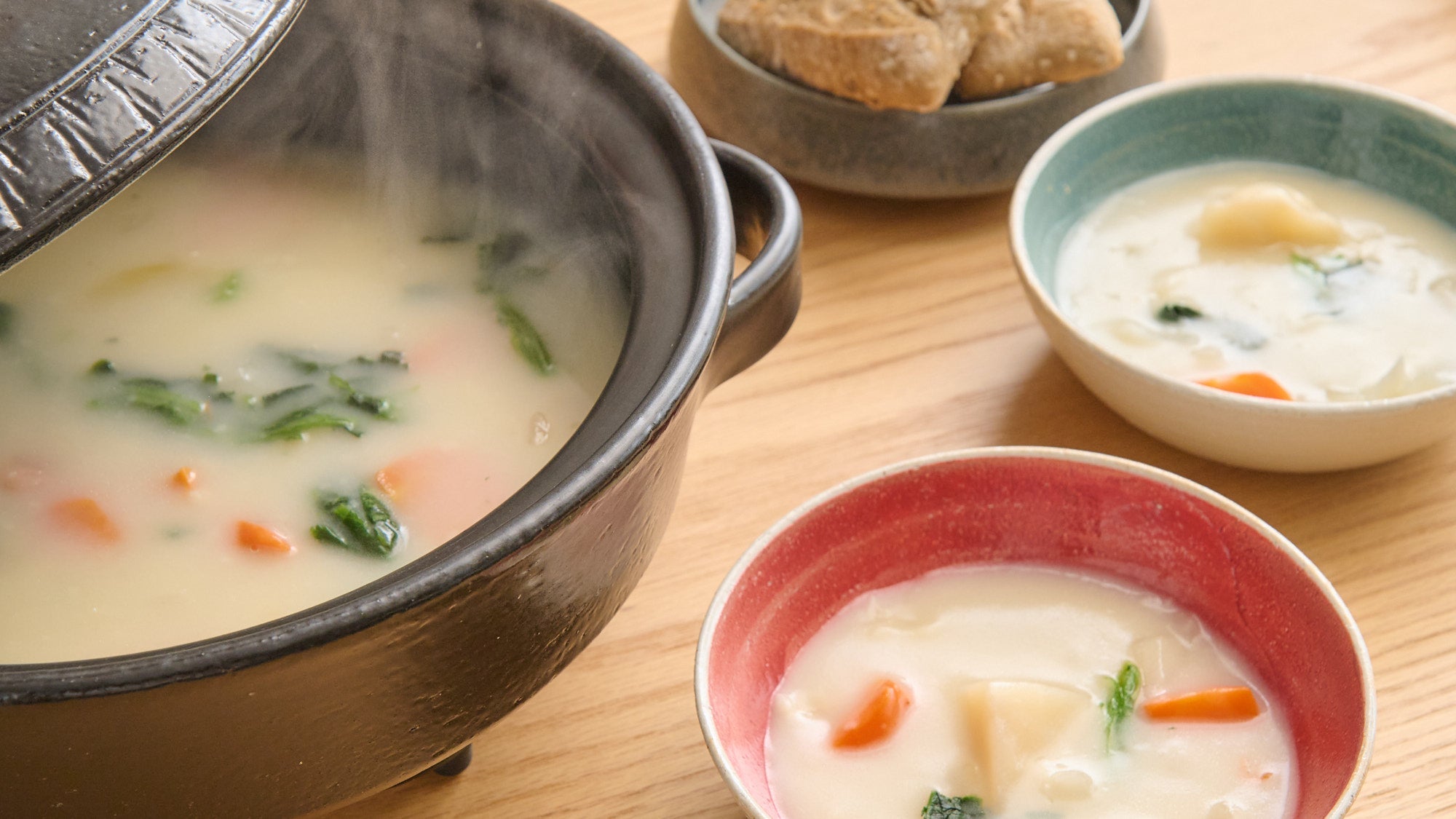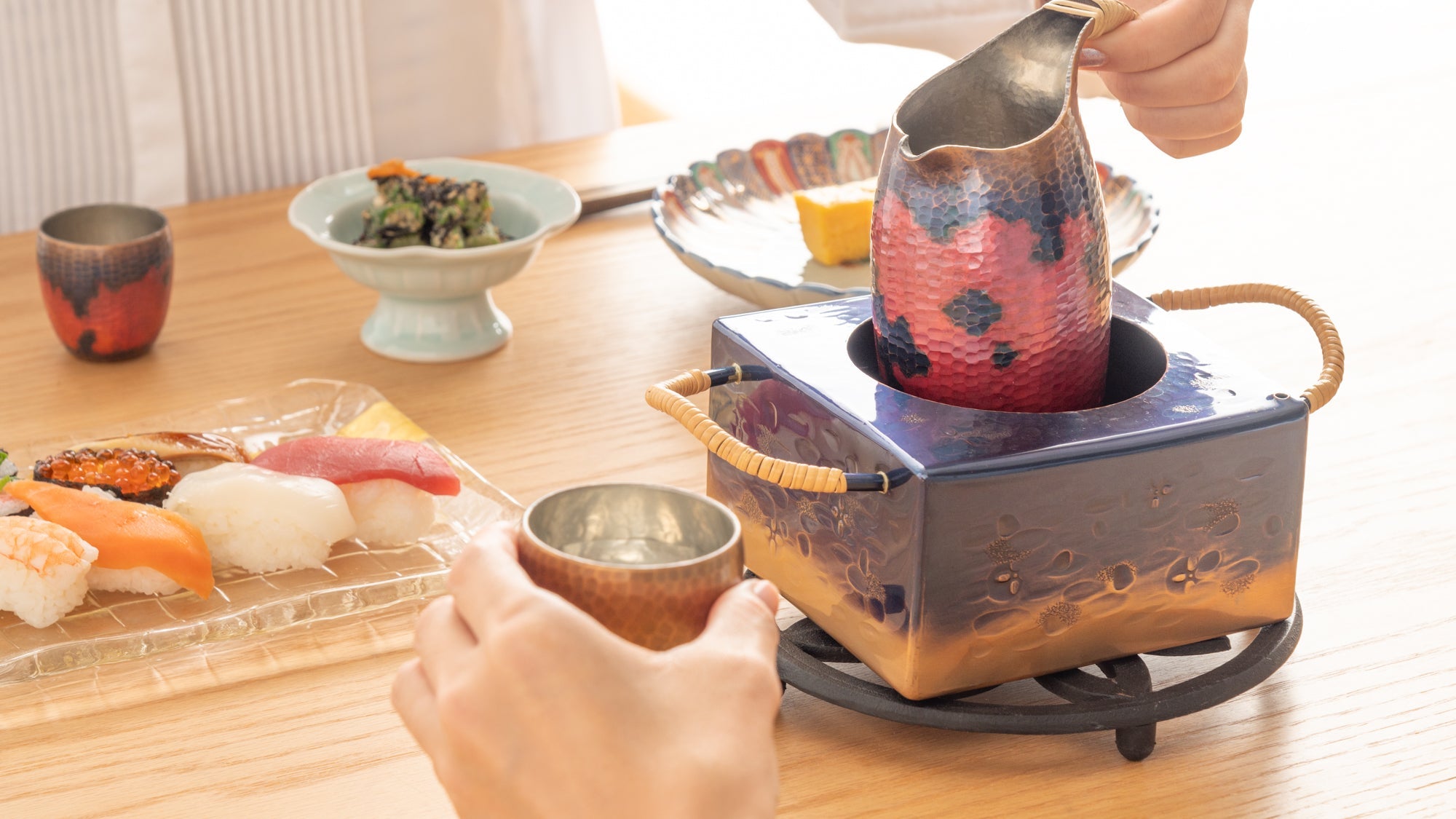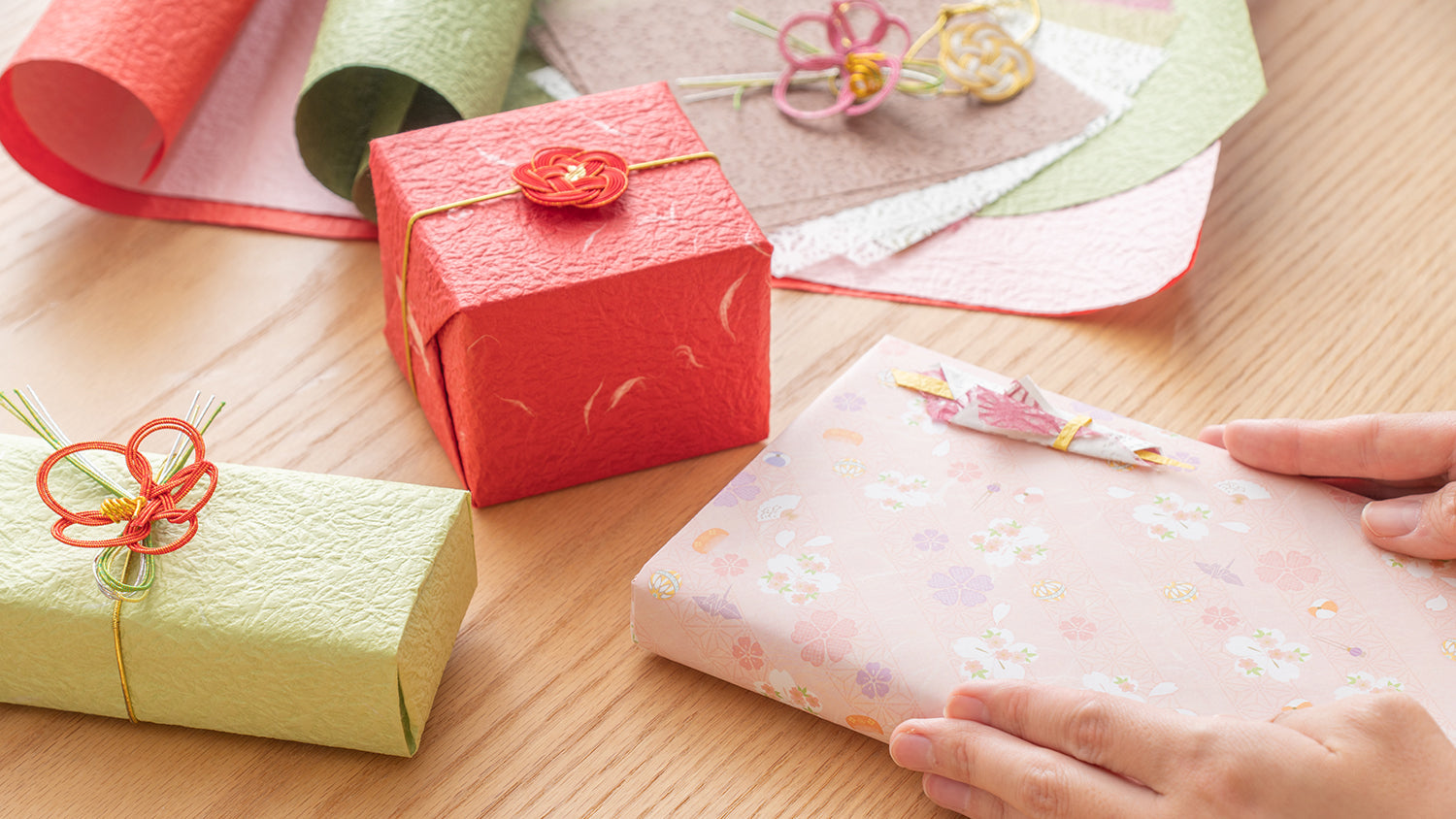
How to Care for Your Japanese Chopsticks
Written by Team MUSUBI
Chopsticks are no longer just utensils for sushi bars and noodle shops—these beautifully crafted utensils have found a place in home kitchens and on dining tables worldwide. They have also become a sure-to-please gift for food enthusiasts who appreciate their washoku, or Japanese cuisine, experience at home.
As they delight us with their elegance and functionality, it's surely beneficial to know how to care for them properly. In this guide, we’ll share essential tips on how to keep your Japanese chopsticks in tip-top shape, so you can enjoy your favorite pair just a bit longer.
table of contens
When using for the first time
Now, they're perfectly prepared for your dining pleasure!
How to wash

Here are some helpful tips that will ensure your chopsticks will continue to be a cherished part of your mealtime.

- Avoid Soaking in Water: This can damage their protective coating and the wood.
- Use Warm Water: Overly hot water can weaken finishes, particularly natural lacquer.
- Dry Immediately: Drying them after washing helps prevent water spots.
- Wash Separately: Wash one pair at a time and prevent them from rubbing against each other, which can cause scratches.
Conveniently, many sets today are designed to suit modern lifestyles and are coated for dishwasher use. You can safely clean them in the dishwasher by following the guidelines provided by the manufacturer.
How to store

If you choose to store your chopsticks horizontally in a cup, be sure to keep them away from heat sources such as stoves and direct sunlight, which can cause them to deform or discolor. Additionally, ensure the tips are pointed upwards to prevent damage to the delicate ends.
When to change to a new pair
It's generally understood that chopsticks used daily last about one year. Even if there aren't any visible chips or cracks, the paint at the tips may peel off, gradually damaging the wooden base. The following may be signs that it might be time to replace them:
- Paint peeling at the tips
- Splinters or cracks
- Chips altering the length of the tips
Although it may seem wasteful to discard a pair even if they still appear usable, remember that chopsticks are fundamentally consumable items. Unfortunately, they aren’t designed to last forever.
If you notice these signs of wear, it's wise to gracefully transition to a new pair.

With these essential care tips, you're now fully equipped to keep your beloved pair in top condition. Let them bring a touch of elegance to your table settings and joy to your meals at home. Enjoy the beauty and functionality Japanese chopsticks add to every dining experience!










Leave a comment
This site is protected by hCaptcha and the hCaptcha Privacy Policy and Terms of Service apply.